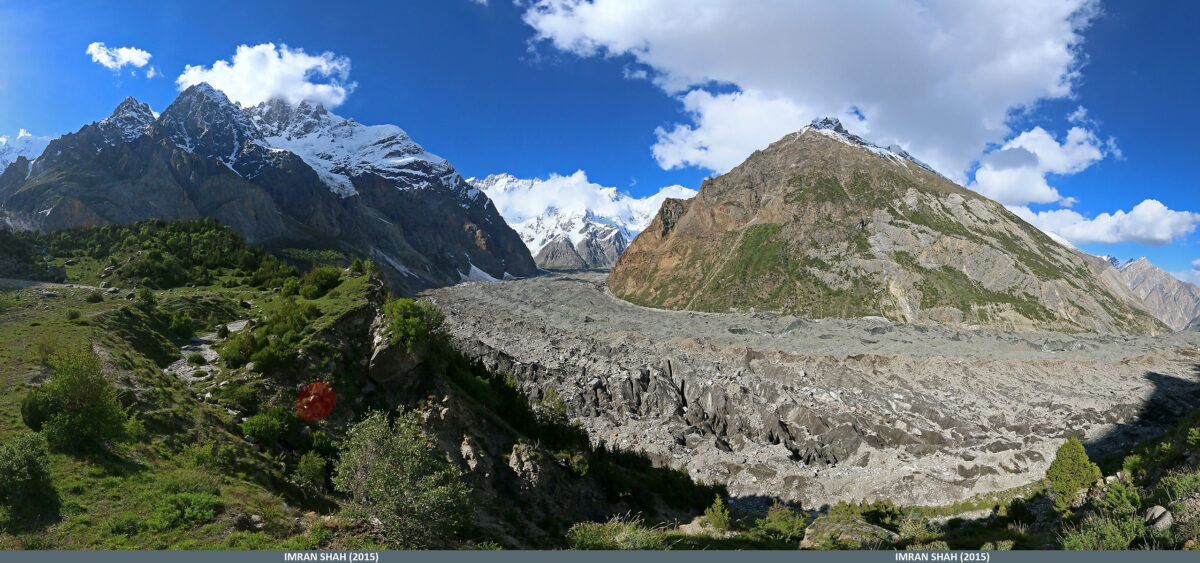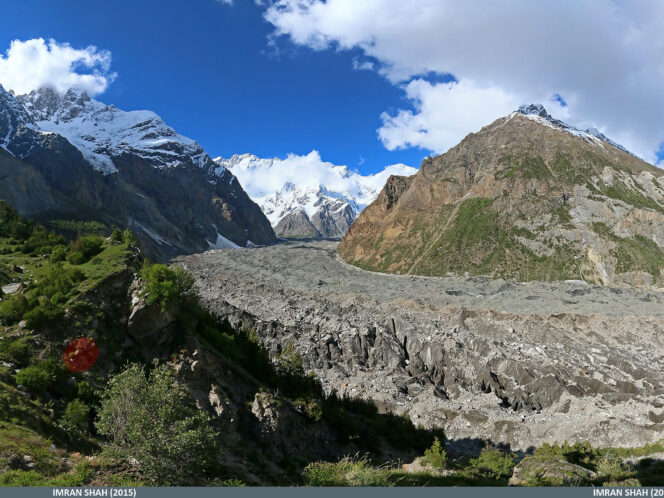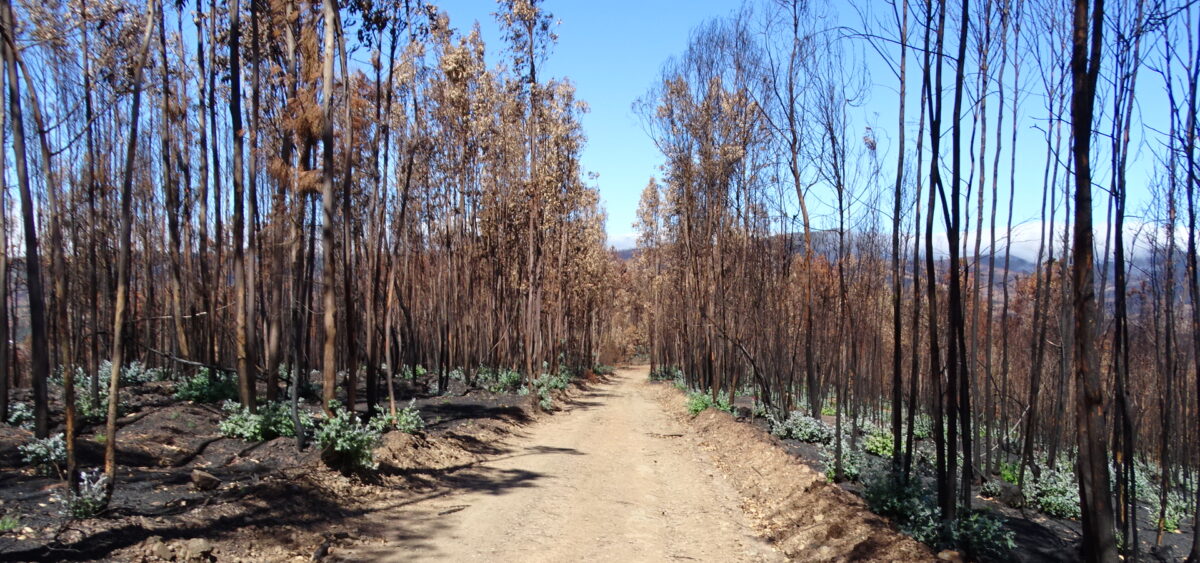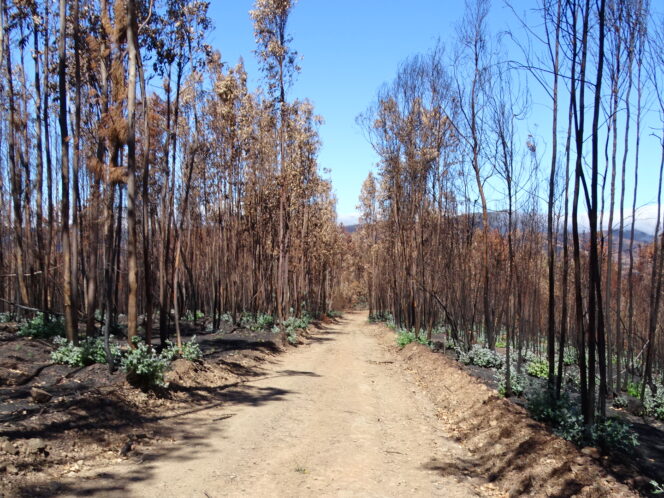
The mountains of Pakistan’s Gilgit-Baltisan region give way to exquisite beauty – as well as villages where water is in scarce supply. Unperturbed, the inhabitants of such villages have devised a novel way to provide water for their communities: through the craft of glacier grafting.
In the high-altitude region of Gilgit-Baltistan – also known as Little Tibet and formerly as the Northern Areas in Pakistan – people have learnt to adapt to the harsh local conditions. The picturesque valleys guarded by the majestic Himalayas, the extreme Karakorum and the unforgiving Hindu Kush are now accessible by the Karakorum Highway. Yet for centuries they were cut off for much of the year, meaning that local people had to learn to be self-sustainable and deal with their problems – such as water scarcity – on their own. Their villages might have been out of reach, but they were not left alone – well, this happens when you live on imperial borderlands. According to legend, when the people of Baltistan learnt of the Mongol army advancing towards them from the north in the early 13th century, they came up with an ingenious way to stop them. As the inhabited valleys were only accessible through narrow passes, they decided to block the entry way by building a glacier. This successfully prevented the Mongol invasion and, crucially, it also solved the locals’ other big problem: water scarcity.
Historical mist
The legend has many versions. According to a version narrated by the village elder from Kundus (and told to me by the local documentary maker Liaqat Ali), in days gone by, when the local people were still Buddhists, they suffered from frequent raids by the neighbouring Tibetans. It so happened that a religious scholar from Persia visited the area and the villagers challenged him to show the strength of his religion by finding a way to protect them against the invaders. The scholar was Qabir Syed Ali Hamdani, and it was he who instructed the local people on how to build a glacier. And so the Kundus glacier was built – the first and the largest glacier grafted by men in Baltistan. Ali Hamdani also warned the villagers not to come back from the grafting site straight to the village, as the glacier would follow their footsteps and could endanger the settlement. But the men did not follow the instructions, and that is why the Kundus glacier expanded towards the village. The villagers, now Shia Muslims, created a special prayer for stopping the glacier from growing towards village, which they








